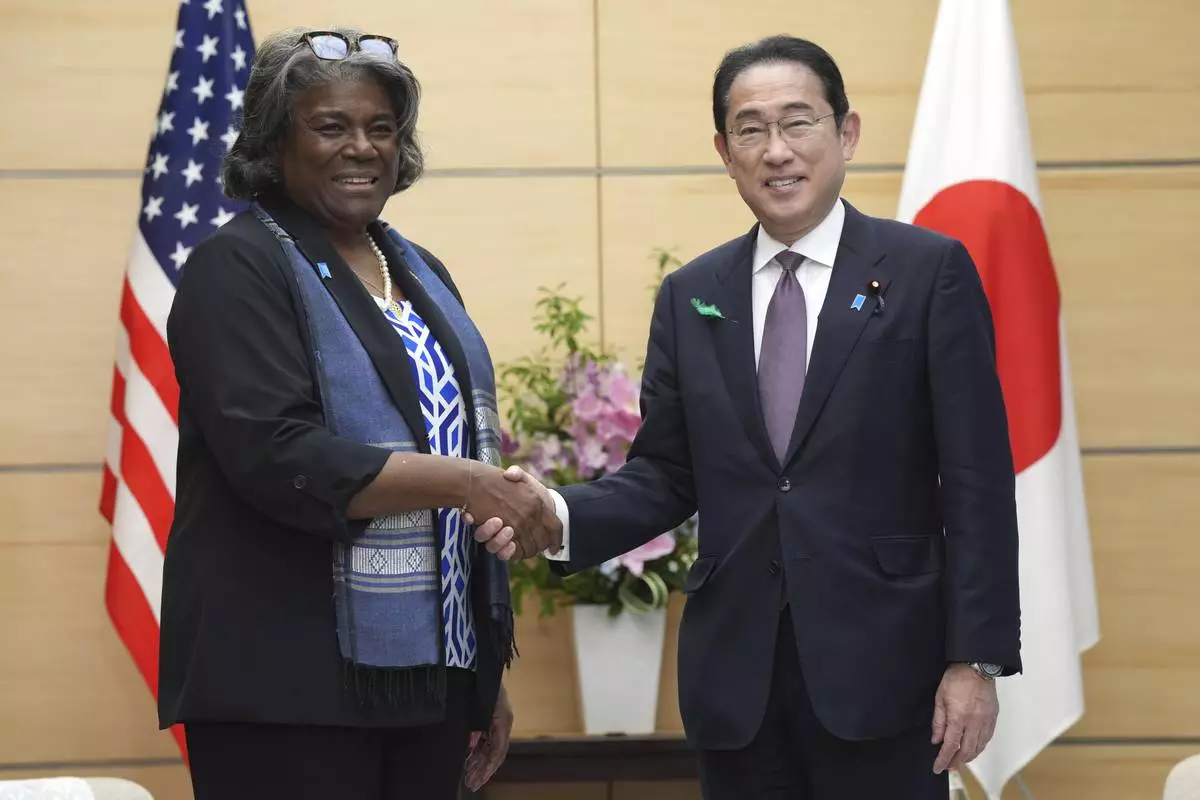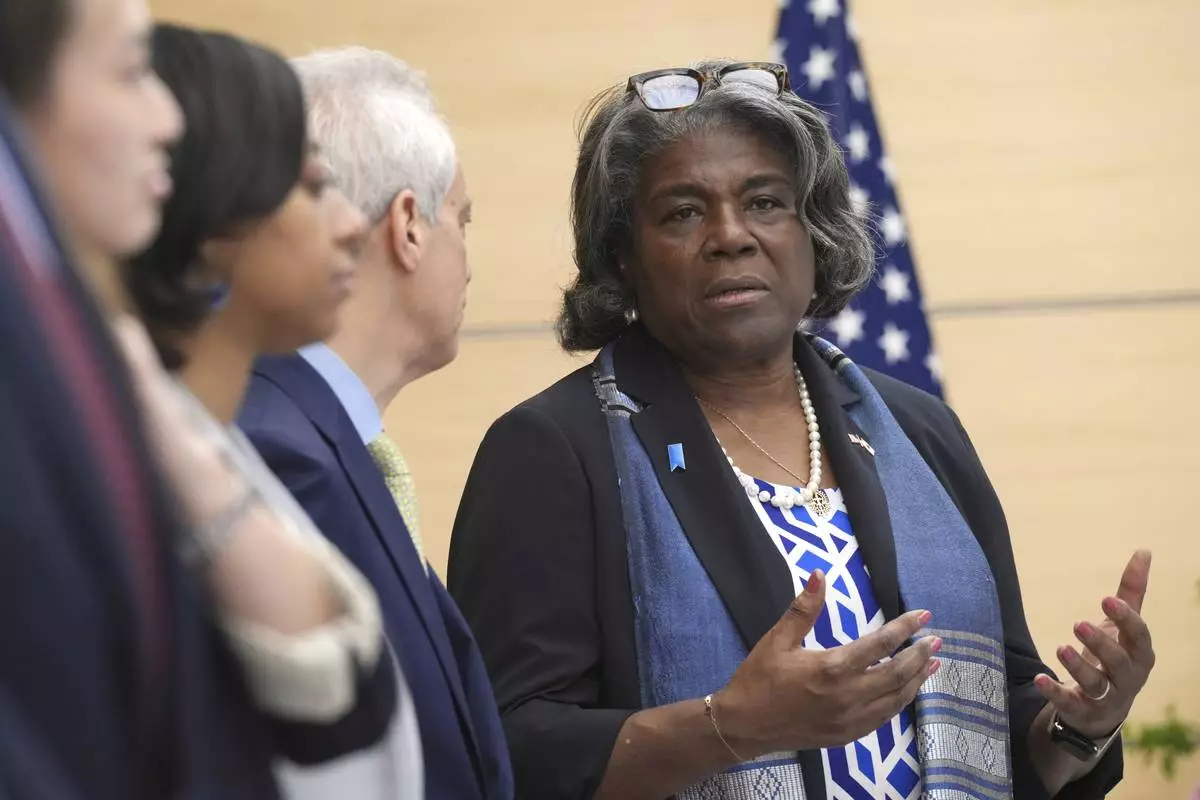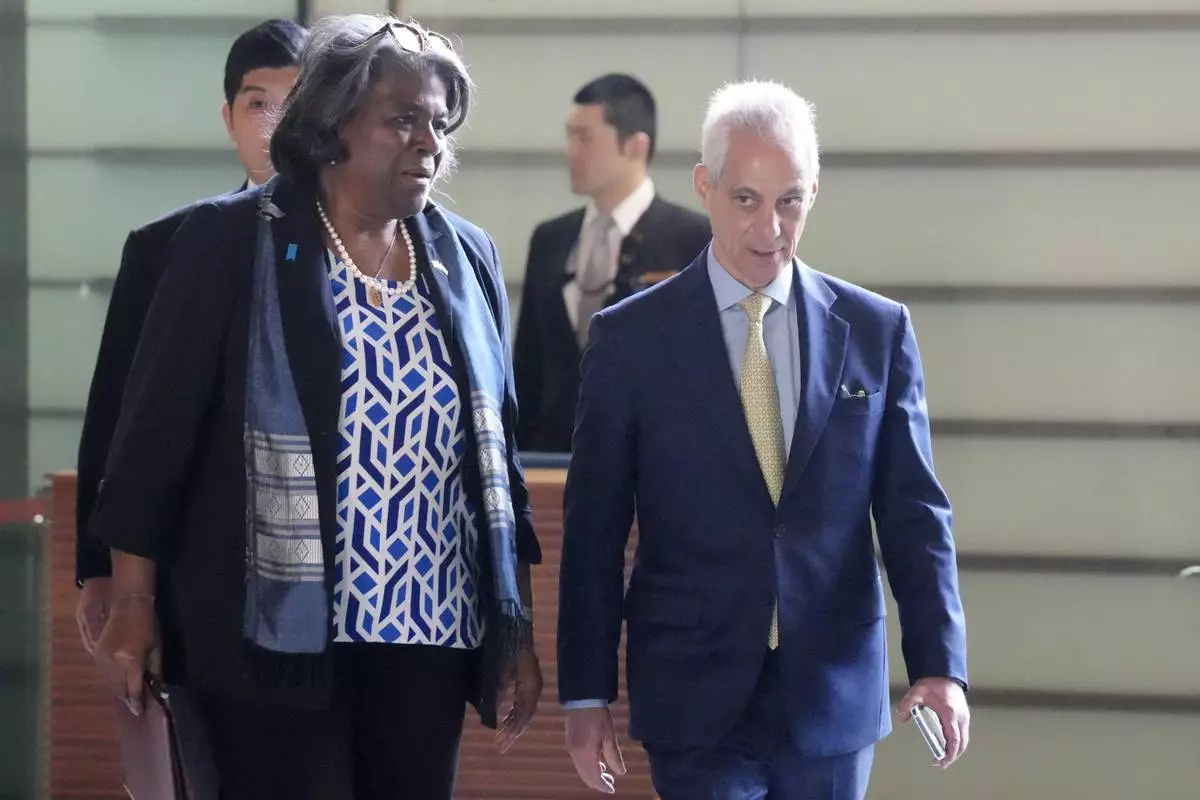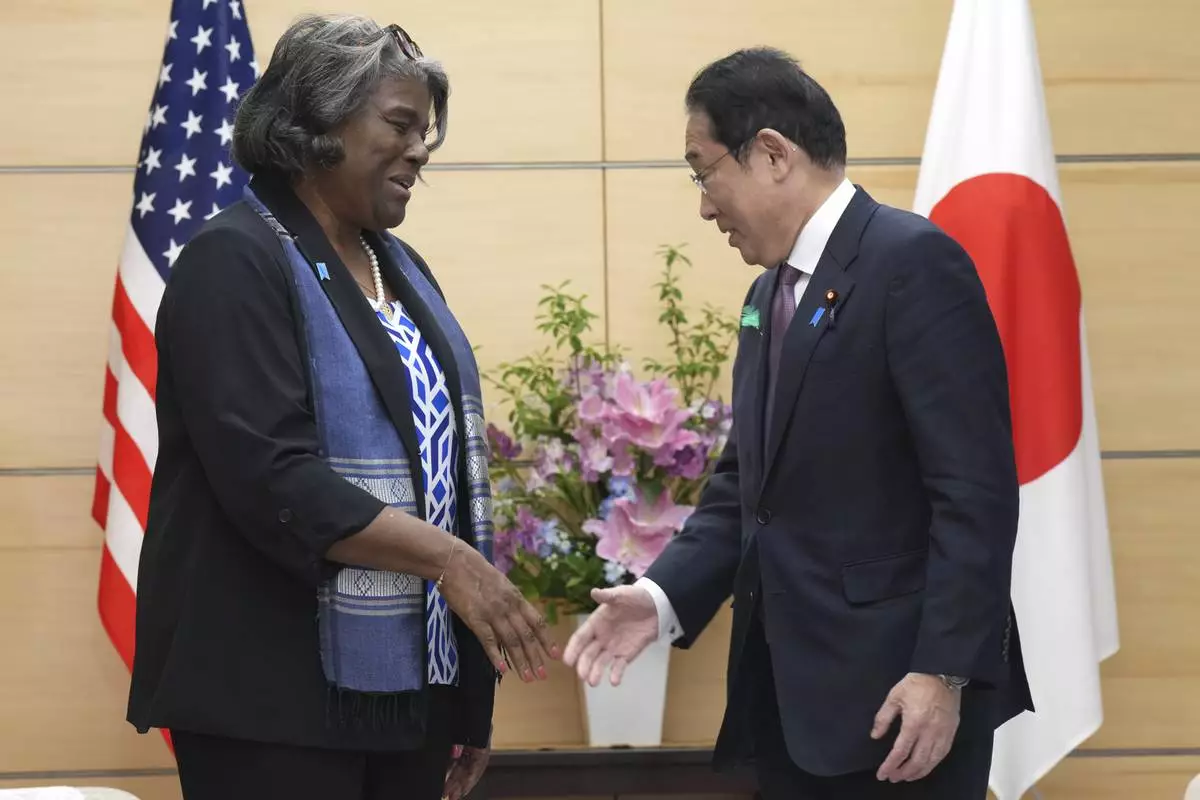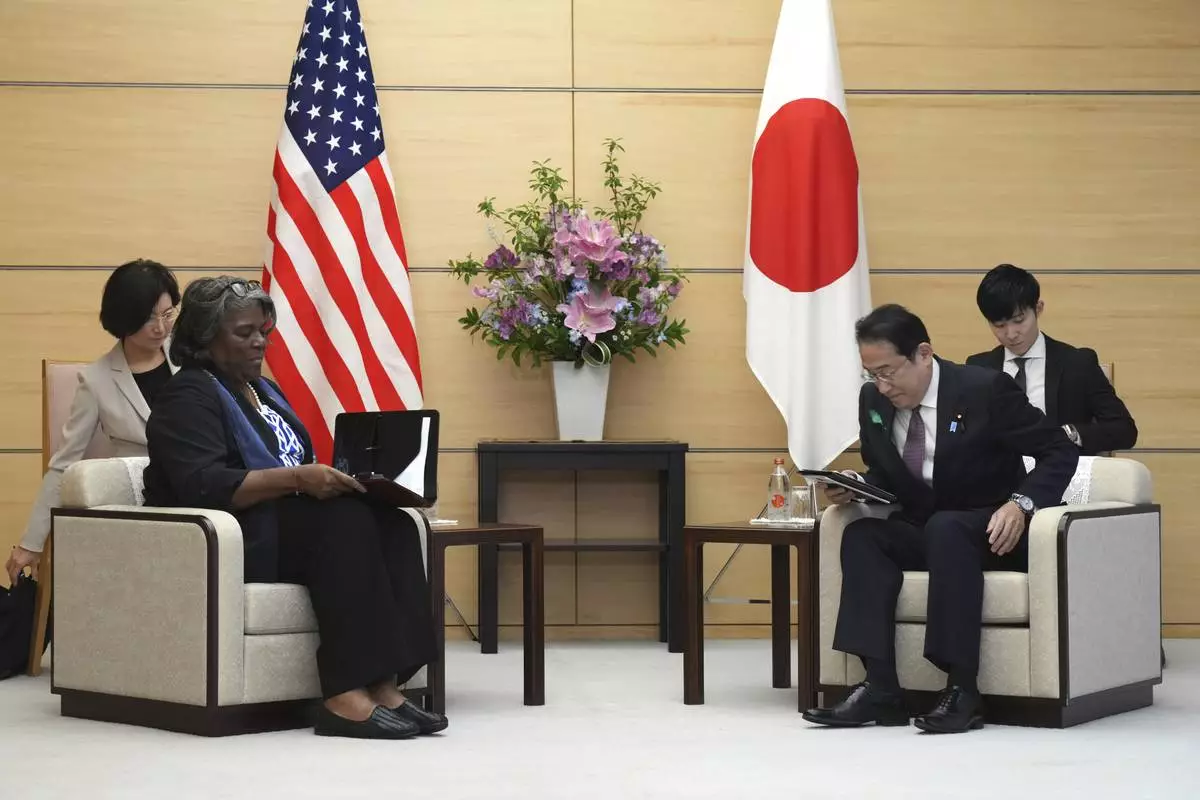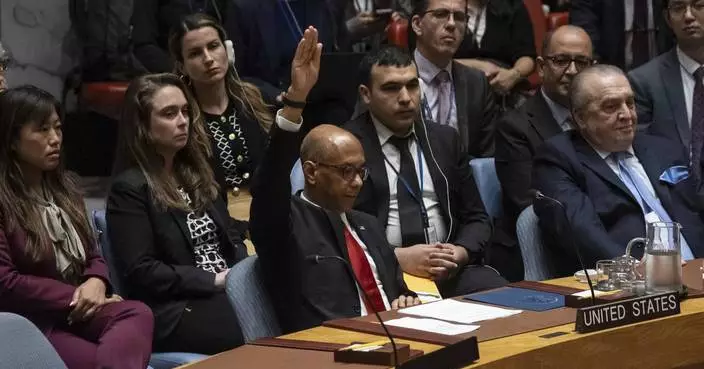After a painful flight across several states to escape unpredictable Hurricane Irma, Suzanne Pallot says it's unlikely she would evacuate South Florida again — an attitude echoed by other evacuees that experts say could put them in danger when the next storm hits.
"It is a very emotionally draining thing to go through ... the anticipation of what is next and not having control of what is next," Pallot, 73, said in an interview from her cousin's home in Memphis, Tennessee, where her family ended up after first stopping in Atlanta. "This is the first time I even agreed to think about leaving. I probably would not do it again."
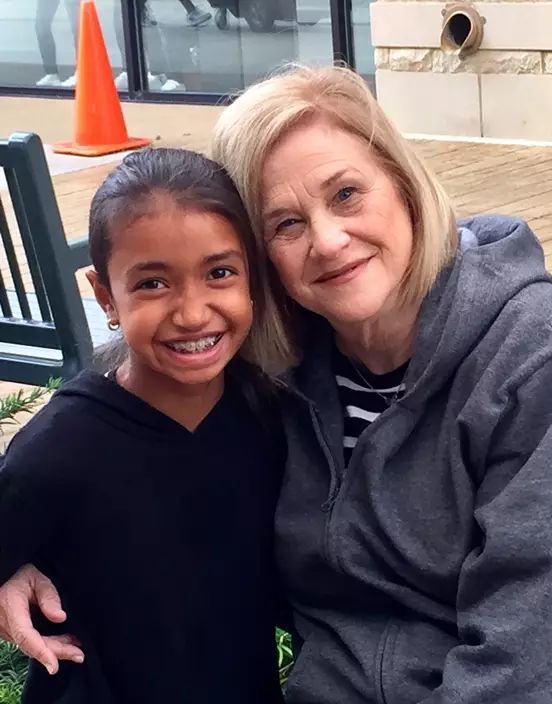
In this undated photo released by Brooke Pallot, Miami evacuee Sora Pallot poses for a photograph with her grandmother Suzanne Pallot.(Brooke Pallot via AP)
About 7 million people were asked to evacuate as Irma threatened Florida and the Southeast with strong winds and storm surge that in some places was forecast to push water as high as the rooftops of single-story homes. Neither wind nor water was quite as fierce as predicted, but no one knew that would be the case until it happened. Before then, the forecast was ominous enough that government officials decided they couldn't take any chances, and they repeatedly beseeched people in vulnerable areas to leave.
Some of the tens of thousands who heeded the warnings got stuck in massive traffic jams, waited in hourslong lines at a dwindling number of gas stations still equipped with fuel, and were forced to bounce from city to city as the storm kept changing its path.
Craig Fugate, a former chief of the Federal Emergency Management Agency who lives in Gainesville, Florida, and lost power during Irma, said he understands such experiences may lead some to stay home next time in hopes of riding out the storm.
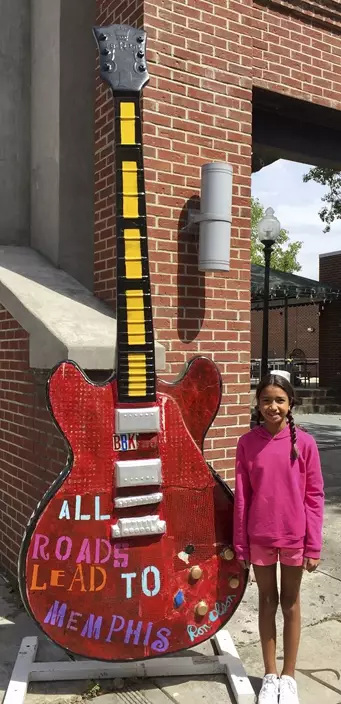
In this undated photo released by Brooke Pallot, Miami evacuee Sora Pallot poses for a photograph in Memphis. (Brooke Pallot via AP)
"People start rationalizing, 'It's not that bad to stay here,'" Fugate said. "If people in the evacuation zones start drawing this conclusion, that is not a good thing."
Psychologist Nora Baladerian, who specializes in anxiety and depression among trauma victims, said an event such as a mass evacuation can put mental stress on people that impairs their decision-making ability during the next crisis.
"Obviously there are some who would say, 'Let's do all we can to survive, and since the experts are saying it is best to evacuate, that is what we will do,'" she said. "However, some will not be able to make the effort, and may remain in harm's way, saying, 'Come what may, I've made my decision.'"
Rosie Rollo of Miami, her two young boys, and her husband evacuated from three different places to escape Irma's wrath: first to Tampa, then to Fort Walton Beach, and then on to New Orleans before finally landing in Biloxi, Mississippi.
"We were SO RELIEVED once we arrived here and once we knew Irma wasn't coming this way," Rollo said in a text message interview from Biloxi. "It's been a very scary experience. ... I've never been through any of this."
JennyLee Molina says her evacuation put a strain on her family's finances.
"We're spending money we really didn't plan to spend," said Molina, who with her husband, 7-year-old son and seven other family members first evacuated from Miami to Cartersville, Georgia. When it appeared Irma would head that way, they left for Asheville, North Carolina, eventually ending up in St. Augustine, Florida, on the state's northeastern coast.
Molina said the nomadic uncertainty gave her an inkling of what it must be like to flee war zones and oppression.
"It made me think about the immigrant experience and the refugee experience. You're arriving somewhere that doesn't feel like home at all," she said.
Before she had a family, her attitude about evacuating was, "We'd have a hurricane party and stock up on beer and junk food. That was more my lifestyle."
But now, she says, "with a child, I would never stay with a storm at Category 3 or up."
Pallot said she's likely to stick it out next time, maybe buy a power generator and reinforce her home to withstand strong storms. Still, she said she does understand why authorities urged her and others to evacuate for Irma, which was so unpredictable.
"It's a really hard call," Pallot said. "This was such an unknown ... it could gain strength, and it was breaking all records."
Marc Caputo, a Coral Gables resident and former longtime Miami Herald correspondent who covered many storms for the newspaper, didn't evacuate for Irma. The explanation he offered in a column written for his current employer, Politico, reflects the rationale of many storm-experienced Floridians.
"People who have never lived through a hurricane often have a hard time understanding why anyone would stay in the path of one. Are you stupid? Get out of there!" he wrote.
"But everyone has their reasons, or rationalizations. And when you've survived a few of these things, you figure: What's one more?"



